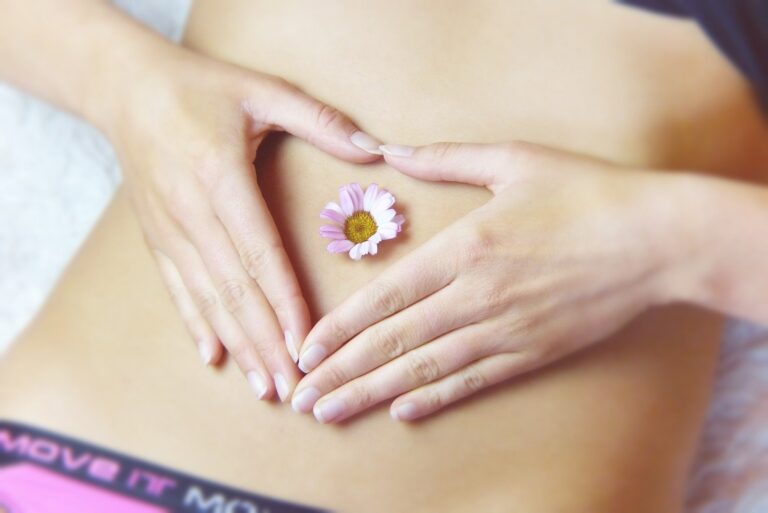Cellulite has been, for many years, one of the aesthetic problems that worries women the most. It does not matter what your age or size is, since it affects even thin women and can do so from the earliest adolescence. Although overweight people may be more prone to it, thinner people can also develop it.
The hated “orange peel” is nothing more than adipose tissue builup in specific areas of the body that is characterized by small dimples on the skin surface , making it look irregular and poorly toned. The parts that are most often affected are legs and buttocks, although it can also develop on the belly and arms.
Lifestyle, an unhealthy diet, hormones and even genetic factors favor the appearance of cellulite, but the reasons why it appears are not always the same.
The combination of a healthy diet with the regular practice of some exercise, plays an extremely important role when it comes to combating cellulite. It is advisable to follow a diet low in saturated fat and rich in fiber and protein and to practice sports at least 3 times a week.
We must also point out that hormonal changes are directly related to the fat production, so suffering hormonal changes significantly worsens the appearance of cellulite.
It is also no secret that wearing extremely tight clothing prevents our circulatory system from working properly and makes it more difficult toxins elimination , so wearing tight clothing, especially pants, would be contributing to the appearance of cellulite.
However, some myths about cellulite must be disproved. For example, it is totally false that it is difficult for a woman under 20 years of age to develop it. Cellulite is not at all linked to age and can begin to appear when the body begins to change in pre-adolescence, since the estrogen increase occurs precisely in the growth stage.
Another “legend” about cellulite is that only women suffer from it. Although it is not as frequent, the dreaded “orange peel” also affects many men, especially when there are overweight problems.
Lastly, it should be noted that, unfortunately, cellulite does not disappear and, once installed on our skin, it is advisable to follow a discipline of exercise, diet and aesthetic treatments, many of them highly effective, so that its appearance improves and does not go further. However, it is advisable to be advised by a aesthetic medicine specialist in who will recommend, in each case, which treatment is most appropriate to treat our type of cellulite based on the age and physical condition of each person.














